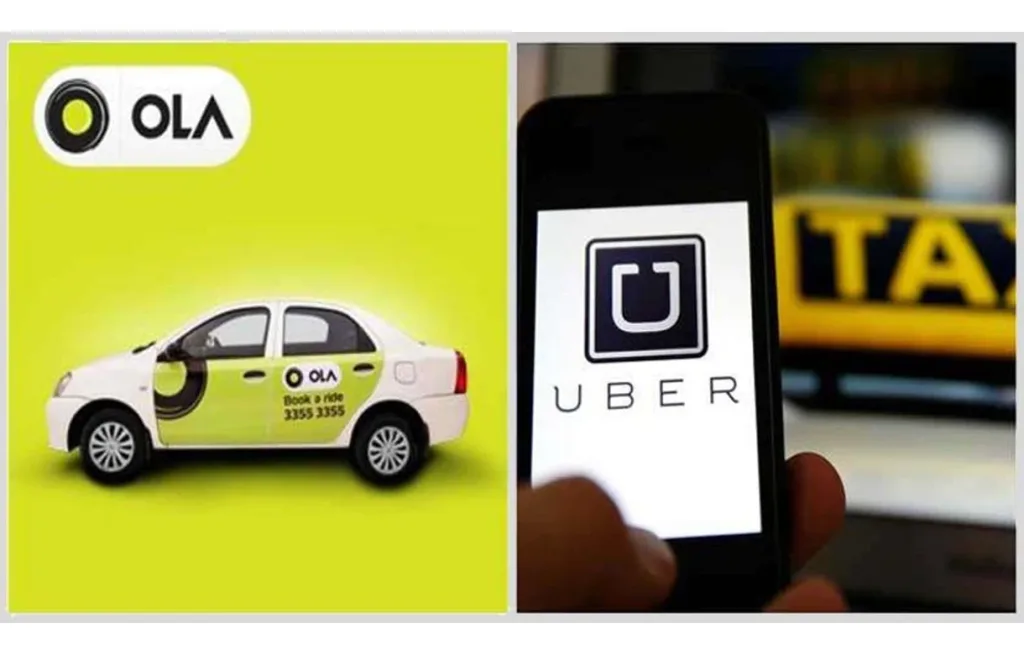Revolutionary changes are coming to India’s ride-hailing industry! The Ministry of Road Transport and Highways released the Motor Vehicle Aggregator Guidelines (MVAG) 2025 on July 1, officially legalizing private motorcycles as taxis and doubling surge pricing limits. These landmark changes will reshape urban transportation across India.

Table of Contents
MVAG 2025: Game-Changing Policy Updates
The new guidelines raise the surge pricing cap for cab aggregators from 1.5 times to 2 times the base fare during peak demand hours. States must implement these updated guidelines within the next three months, marking a significant shift in ride-hailing regulations.
The legalization of bike taxis addresses long-standing regulatory challenges faced by companies like Rapido, Uber, and Ola. This move brings millions of motorcycle taxi drivers into the formal economy while providing affordable transportation options.

Key Changes at a Glance
| Policy Update | Details |
|---|---|
| Surge Pricing Cap | 2x base fare (up from 1.5x) |
| Bike Taxis | Now officially legal |
| Driver Share | 80% for own vehicles, 60% for fleet |
| Insurance Coverage | ₹5 lakh health, ₹10 lakh term |
| Implementation | 3 months for states |
Enhanced Safety and Driver Benefits
Under the guidelines, drivers operating with their own vehicles will receive a minimum of 80% of each fare, while those using fleet-owned vehicles will get a minimum of 60%. Additionally, aggregators are required to offer health insurance cover of ₹5 lakh and term insurance of ₹10 lakh.
The guidelines also introduce penalties for ride cancellations. The Ministry announced that 10 per cent of the fare, not exceeding ₹100, will be imposed on the driver if a ride is cancelled without any specific reason.

Impact on Urban Mobility
During non-peak hours, fares can dip as low as 50% of the base fare, creating more dynamic pricing structures. This flexibility allows aggregators to optimize supply and demand while providing affordable options during off-peak times.
The bike taxi legalization particularly benefits traffic-heavy cities where two-wheelers offer faster, more efficient transportation. Companies like Rapido, which have operated in regulatory gray areas, can now expand operations confidently.
For more transportation insights, explore our urban mobility solutions guide and ride-hailing industry analysis.
Learn more about India’s transport policies at the Ministry of Road Transport and Highways website and explore ride-hailing regulations at Transport Department guidelines.
MVAG 2025 represents a balanced approach to modern transportation, addressing both industry flexibility and consumer protection in India’s rapidly evolving mobility landscape.
FAQs
When do the new MVAG 2025 guidelines come into effect?
States have three months to implement the guidelines, making them effective by October 2025.
How much can surge pricing increase under the new rules?
Cab aggregators can now charge up to twice the base fare during peak hours, up from 1.5x previously.








